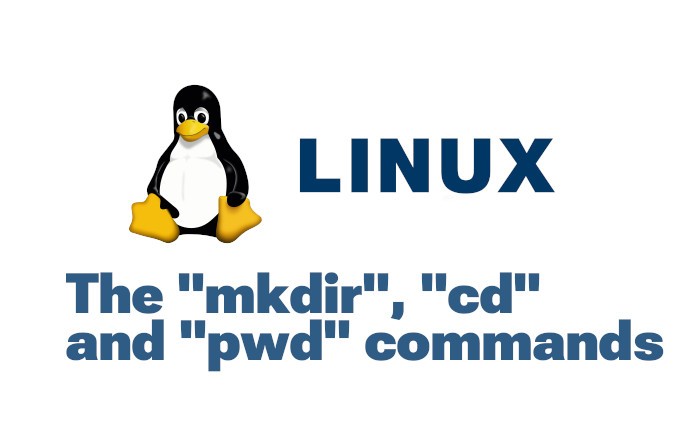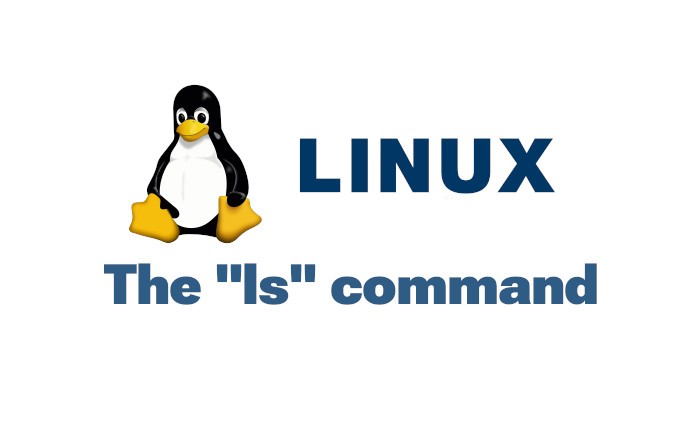Understanding the Difference Between Git and GitHub
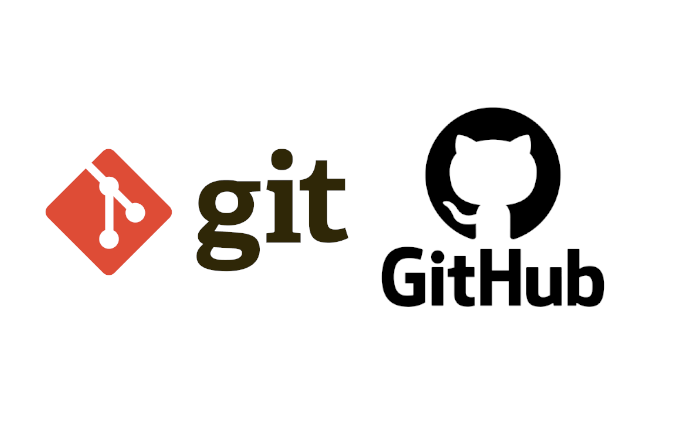
Summary
In the world of software development, "Git" and "GitHub" are terms that often appear together but serve distinct purposes
Related but with distinct purposes
In the world of software development, "Git" and "GitHub" are terms that often appear together, leading to confusion among beginners. While they are related, they serve distinct purposes and operate independently of each other. This article will clarify the differences between Git and GitHub and explain how they work together.
What is Git?
Git is an open-source version control system designed to handle everything from small to very large projects with speed and efficiency. It was created by Linus Torvalds in 2005 to help developers track changes in their code, collaborate with others, and maintain a history of their project’s development.
Key Features of Git:
These are the main features of Git:
1 - Version Control
Git allows developers to keep a record of every change made to their code. This makes it easy to revert to a previous state if needed
2 - Branching and Merging
Developers can create branches to work on different features or fixes independently. Once complete, they can merge these changes back into the main branch.
3 - Distributed System
Unlike centralized version control systems, Git is distributed, meaning every developer has a complete copy of the project history on their local machine.
4 - Offline Work
Since Git is local, you can work offline and sync your changes later.
What is GitHub?
GitHub is a web-based platform built around Git. It provides a user-friendly interface and additional tools to enhance collaboration and project management. While Git is the engine, GitHub is the car that makes the journey smoother and more accessible.
Key Features of GitHub:
The following are the key features of Github
1 - Hosting Git Repositories
GitHub stores your Git repositories in the cloud, making them accessible from anywhere.
2 - Collaboration
Developers can collaborate using features like pull requests, code reviews, and issue tracking.
3 - Integration and Automation
GitHub integrates with tools for continuous integration/continuous deployment (CI/CD), project boards, and more.
4 - Social Coding
GitHub acts as a social platform where developers can share their code, contribute to open-source projects, and showcase their work.
5 - Free and Paid Options
GitHub offers free repositories for public and private projects, with additional features available in paid plans.
Key Differences Between Git and GitHub
The key differences between Git anf GitHub are displayed in the following table
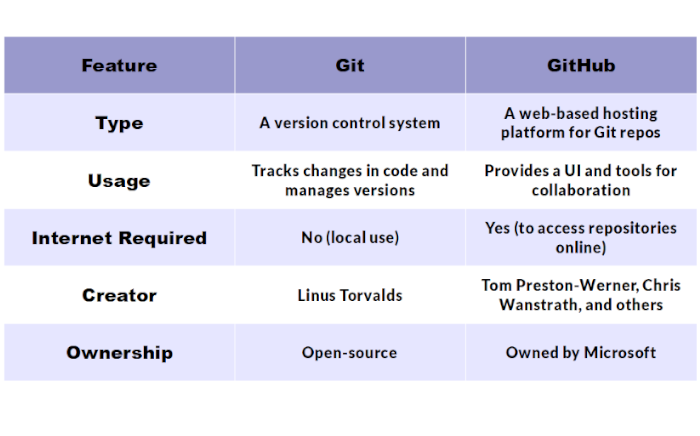
How Git and GitHub Work Together
Git and GitHub are complementary tools. Here’s how they typically work together:
1. Local Development: A developer uses Git on their local machine to track changes in their project.
2. Push to GitHub: Once changes are ready to share, the developer pushes them to a repository hosted on GitHub.
3. Collaboration: Team members can review, discuss, and merge changes through GitHub’s interface.
4. Pull Changes: Developers pull updates from GitHub to keep their local copy up-to-date.
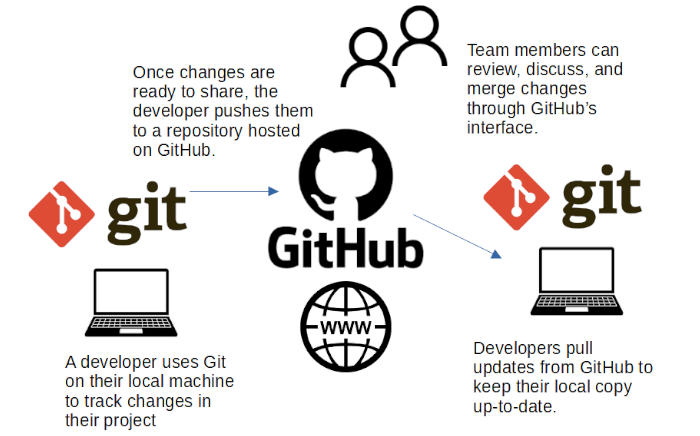
Understanding the difference between Git and GitHub is crucial
Understanding these differences is crucial for anyone entering the world of software development. Git is the foundational technology that enables version control, while GitHub builds on Git to provide a collaborative, cloud-based environment. Together, they form a powerful duo that streamlines software development and teamwork.
If you’re just getting started, focus on learning Git first, as it’s the core tool. Once comfortable, exploring GitHub will unlock opportunities for collaboration and project management in real-world development scenarios.
